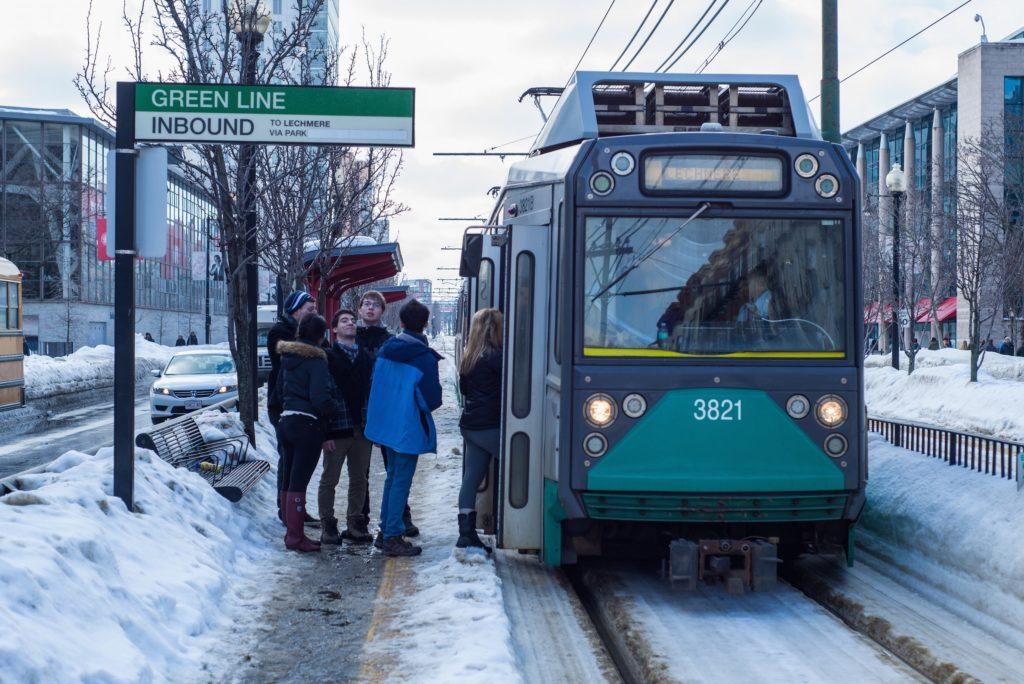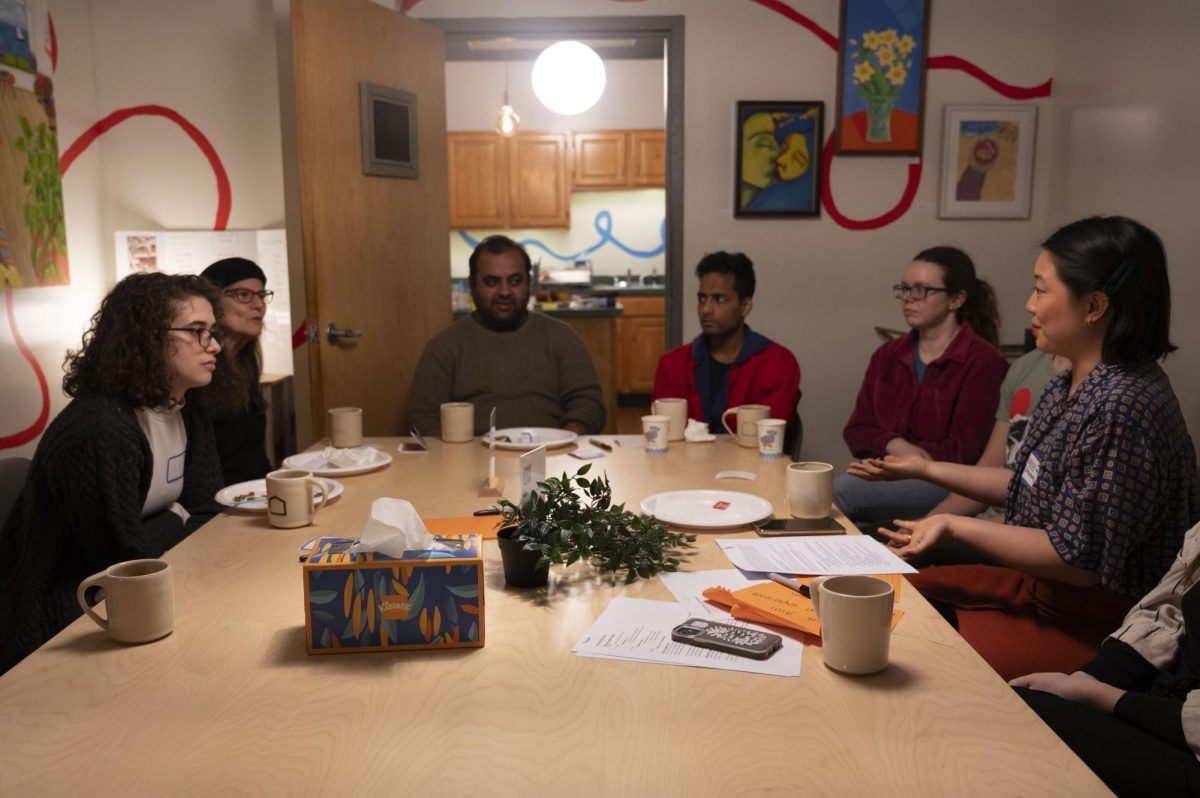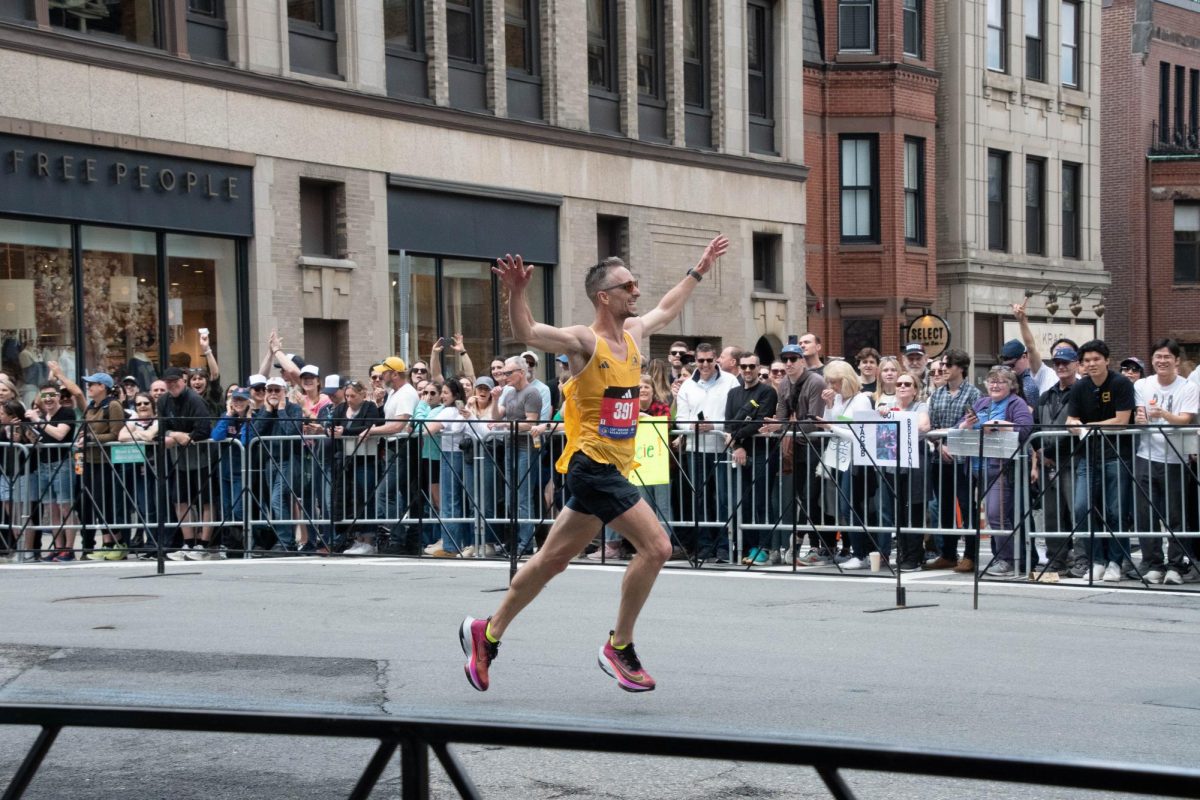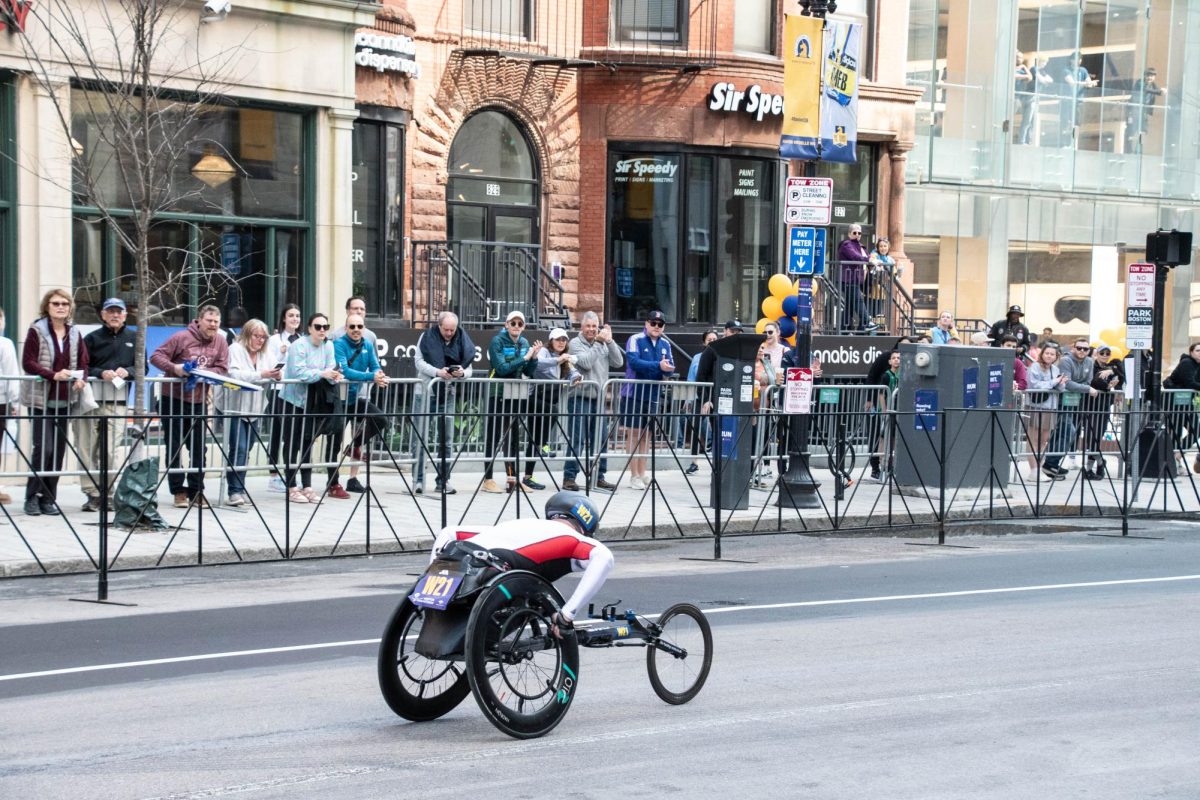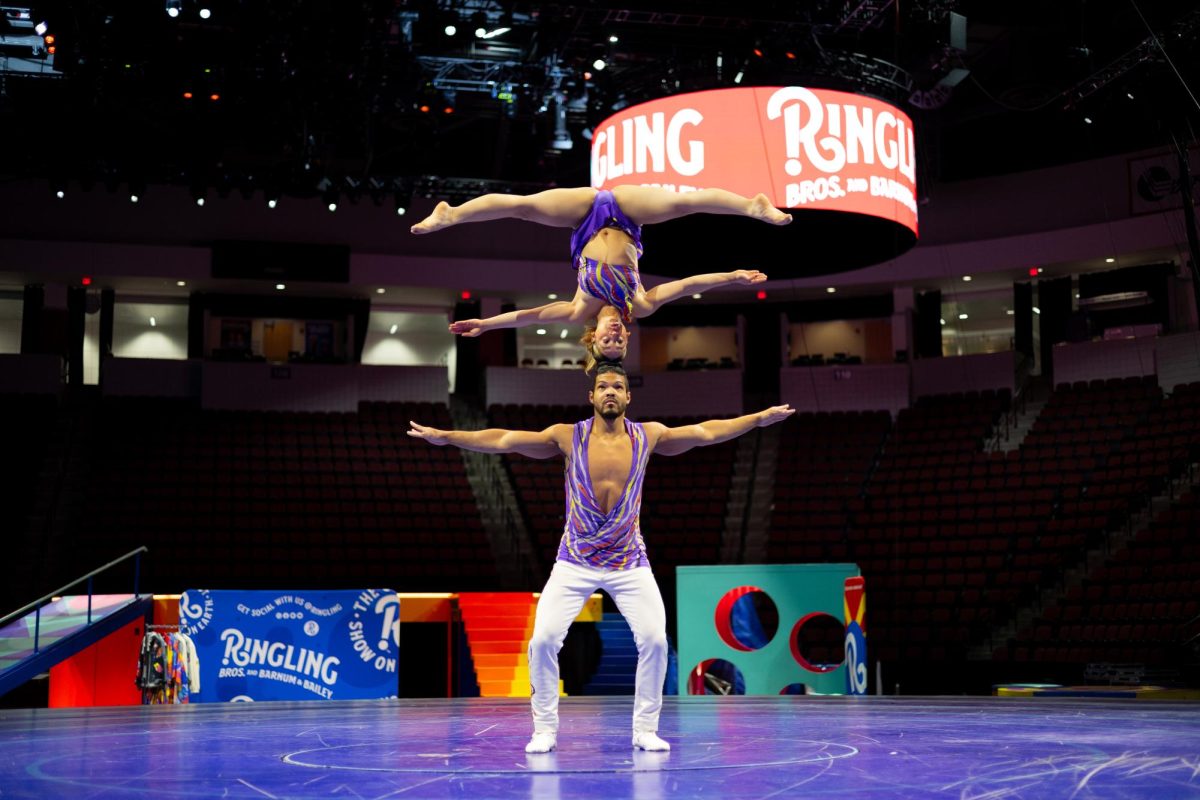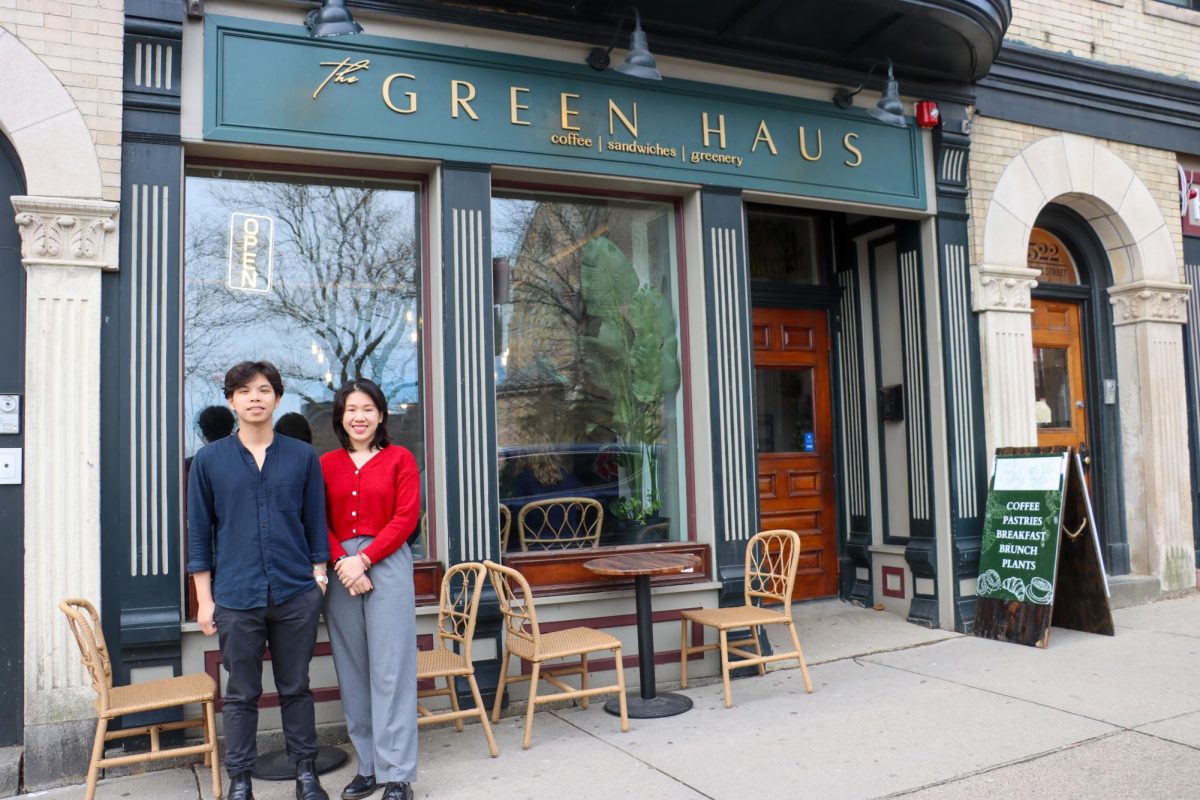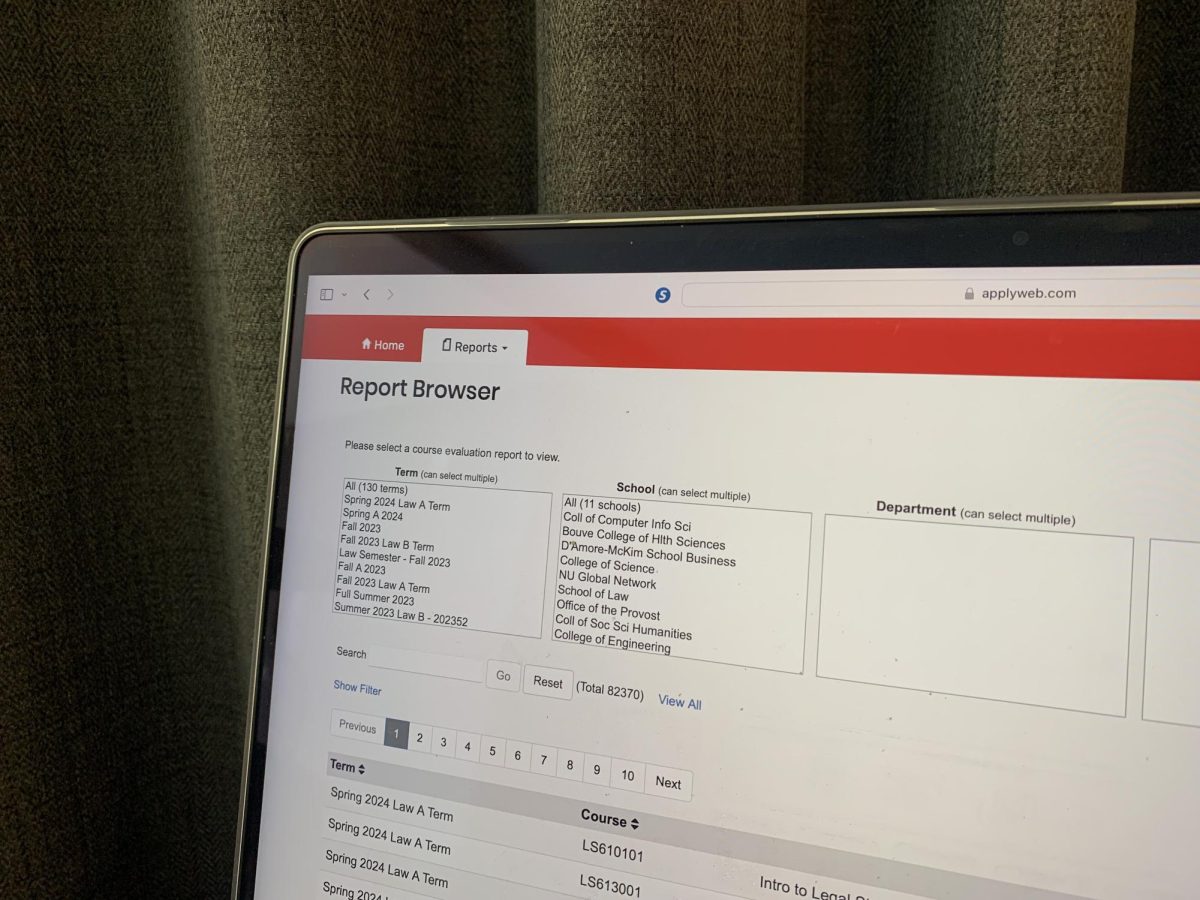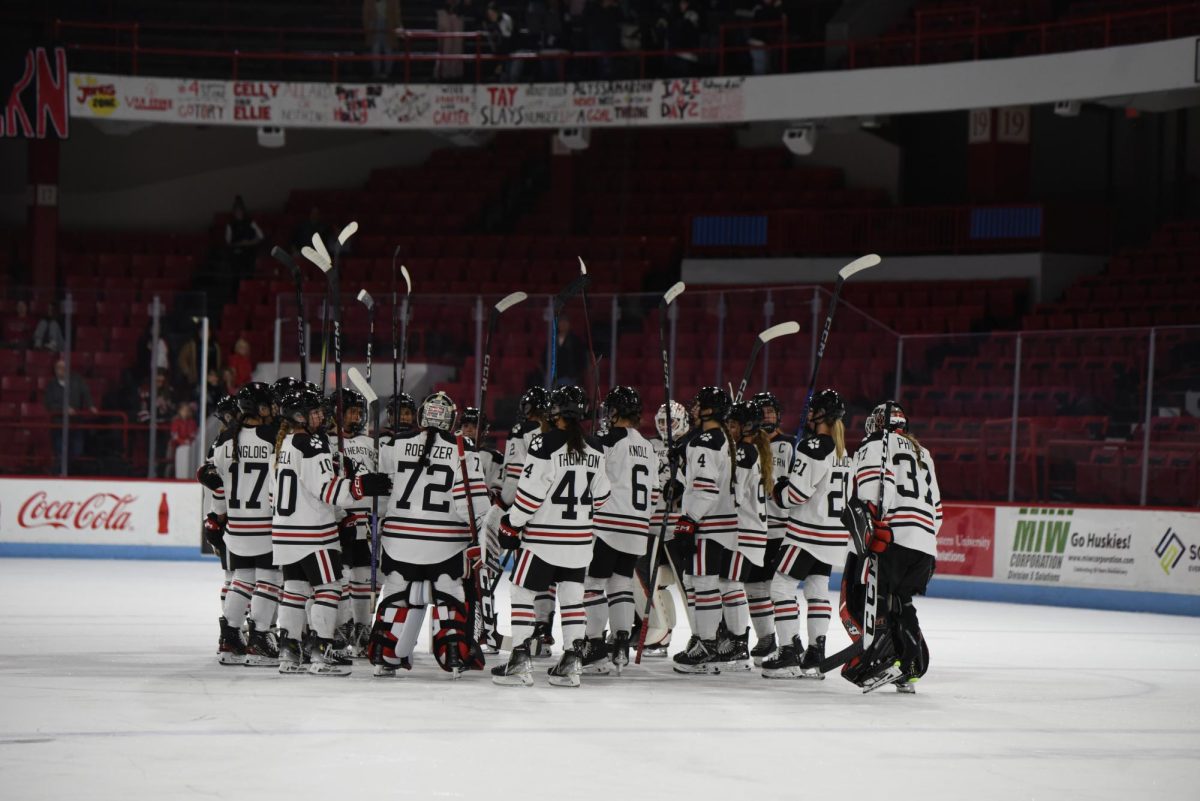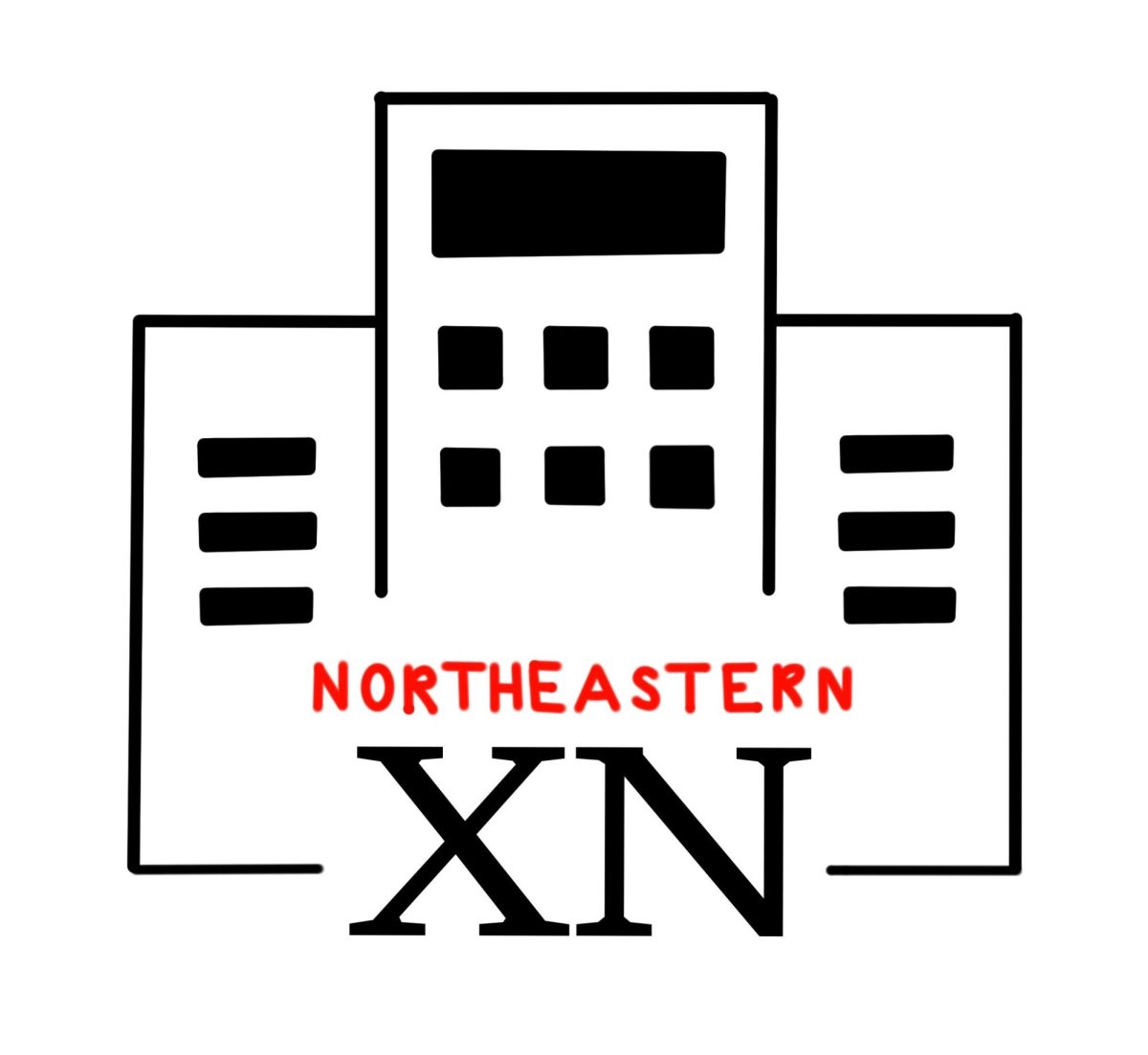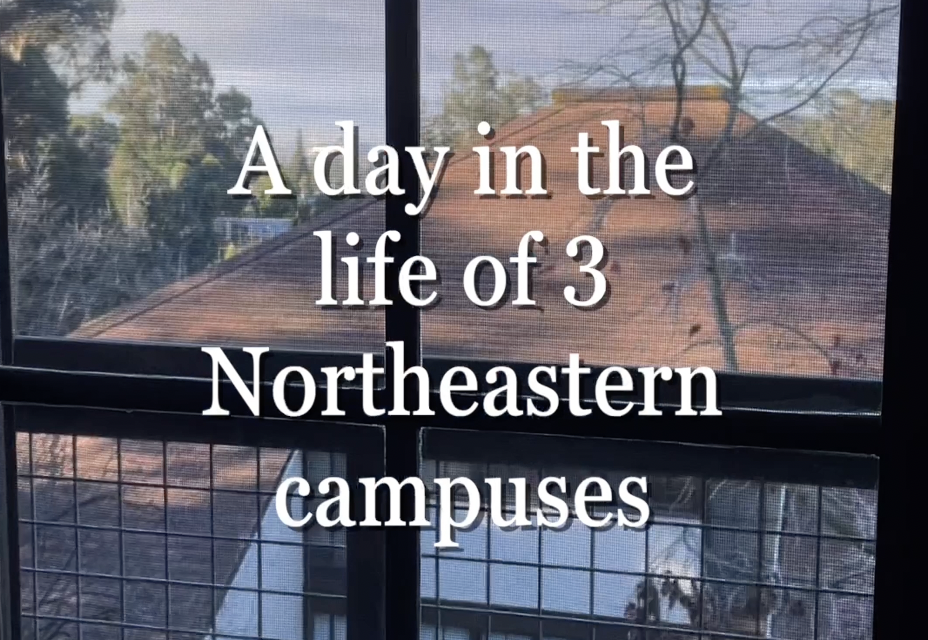By Rowan Walrath, city editor
A new app that tracks aboveground Green Line trains may ease the frustrations experienced by MBTA customers this winter.
“Just avoid the Green Line as a rule,” freshman computer engineering major Michael Wong said. “If I could know where when the Green Line was coming, that would be a big improvement.”
Alex Grinman, a 21-year-old senior at Massachusetts Institute of Technology (MIT), has solved that problem by collaborating with his father, Vladimir Grinman, to develop the app, called “Greenline.” Alex Grinman worked on front-end development, while his father created the back end.
The app launched on Apple’s App Store on Feb. 13. The Grinman duo is working with an Android developer and expects the Android version to be released in the coming weeks.
At the app’s release, it joined dozens of other MBTA tracking apps that have stormed the market since Oct. 23, 2014, when the MBTA made real-time tracking data for railways available to independent developers.
“The GPS was installed starting in the summer of 2014 on all Type 8 (the newer) trains,” Amanda Richard, deputy press secretary at the Massachusetts Department of Transportation, said in an email to The News. “Type 7 (older) trains are being overhauled and will get GPS as part of that process.”
Since GPS has been implemented, there has been enormously positive feedback from both riders and developers, Richard said. Any complaints received have been about specific trains not showing up, usually due to a lack of GPS on older cars.
However, there is a catch to this tracking system: GPS does not work underground.
“Above ground, tracking is a GPS unit that sends the train’s location back to our central system,” Richard said. “Underground there are the wayside AVI (Automatic Vehicle Identifiers) sensors that let us know when a train has passed a specific point.”
The AVIs were originally set to be installed this winter, with tracking information made available shortly thereafter. However, the region’s onslaught of storms has delayed the process.
“Unfortunately, the AVI schedule has been pushed back a bit as our signal group was handling more pressing issues,” Richard said. “We’re working hard to start providing information for at least some underground stations as it becomes available this spring.”
Until then, Alex Grinman hopes to implement Twitter crowdsourcing to track underground Green Line trains.
“So far, there is no crowdsourcing of any kind,” Alex Grinman said. “I hope to release this in the next version. The goal of this feature is to search through Twitter posts about the Green Line to figure out as fast as possible where there are delays.”
Alex Grinman explained that while there are already widely used tracking apps available on the App Store, he wasn’t satisfied with their performance.
“There’s another app that’s popular in Boston, and what they do is show you how many stations a train is away from the station where you’re at, which is kind of bad,” Alex Grinman said. “Because if I tell you that a train is 10 stations away, what does that tell you about when you should leave your house?”
Greenline, on the other hand, incorporates easily accessible information and a simple design, he said. Additionally, the app has a feature that allows users to share their train information with others.
Joshua Meier, a freshman behavioral neuroscience major, uses a website called “Track the T,” developed by David Newton, to know when his train is coming. However, Meier only uses the Orange Line to get around.
“They have all the buses, but not the Green Line,” Meier explained. He said that if his app could track the Green Line effectively, he might use those trains.
Alex Grinman is an intern at Blade, a company that co-founds a few consumer technology startups each year.
“The Greenline is different from my other apps,” Alex Grinman explained. “I launched it with this company in Boston called Blade, where I work. Blade is … a startup foundry. They help new tech companies in Boston. I’ve been working there for the past half year. They help me with feedback and testing.”
Greenline isn’t Alex Grinman’s first public transit app. While in high school in Brookline, he developed “Where’s my MBTA Bus?,” an app that tracks buses in real time. Around 15,000 people use it each day. He and his father have also developed “Where’s my MBTA Rail?,” “Where’s my MBTA T?” and “Where’s my MIT Bus?”
“Where’s my MBTA Bus?” is his most popular app, as “buses are by far the most common transportation in Boston,” Alex Grinman said.
As a Brookline native, Alex Grinman grew up with Green Line frustrations. He simply hopes that his app can better the system.
“I hope that this will make the world’s most unpredictable transit system more reliable,” he said.
Photo by Scotty Schenck







